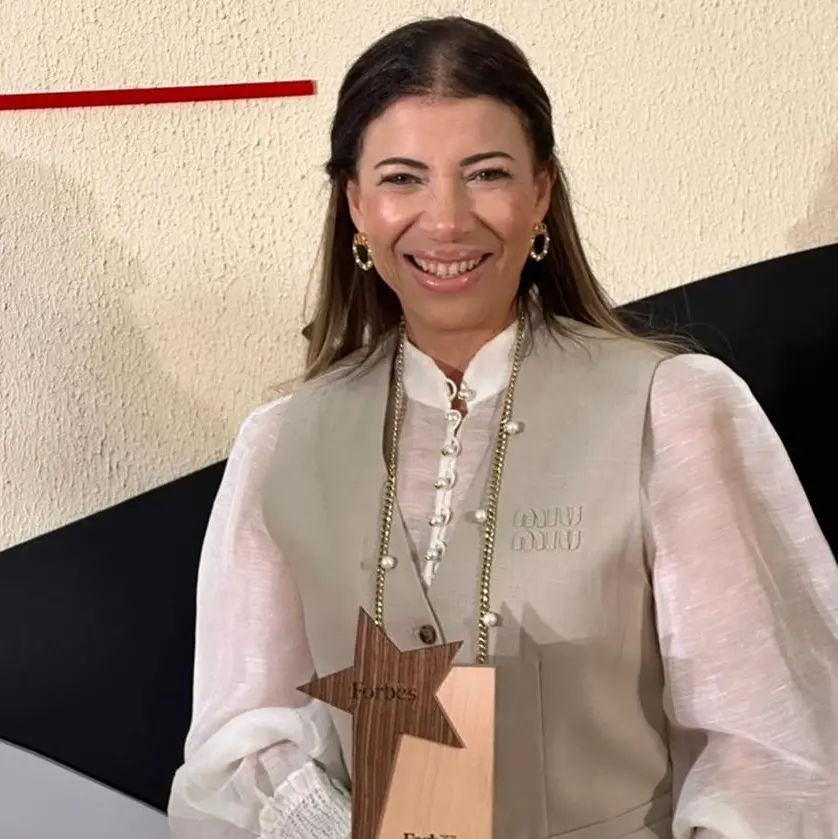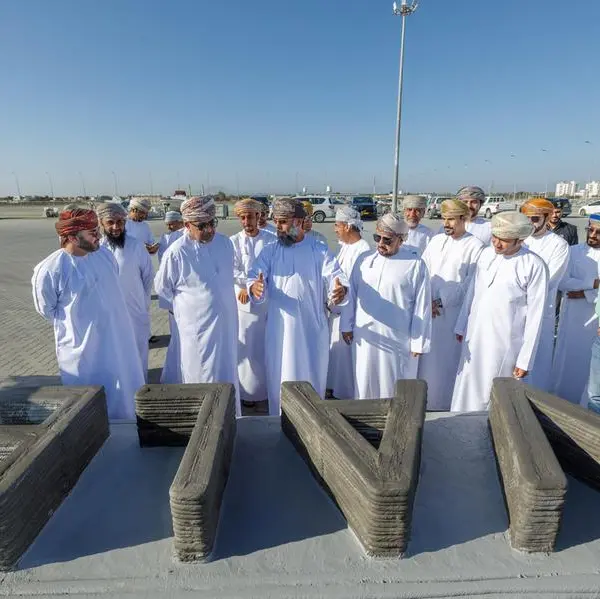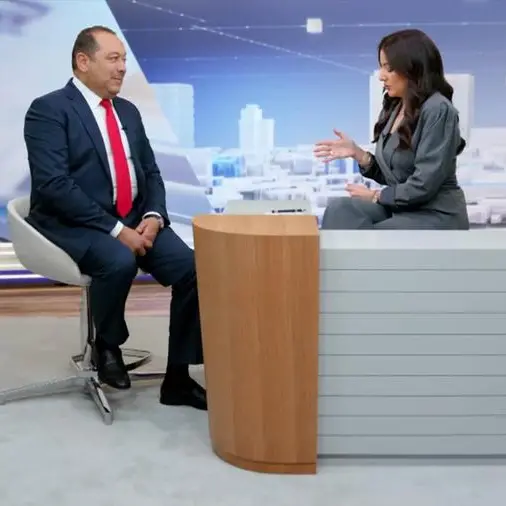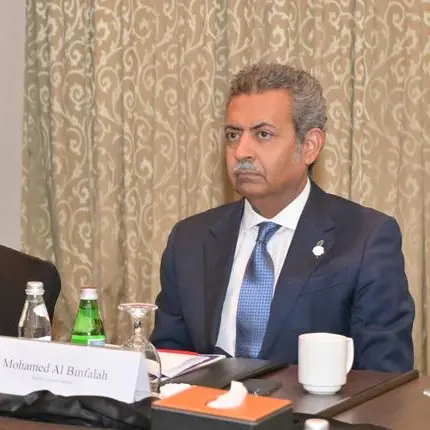Fitch Ratings - Hong Kong: Fitch Ratings has affirmed Oman's Long-Term Foreign-Currency Issuer Default Rating (IDR) at 'BB+' with a Stable Outlook.
KEY RATING DRIVERS
Oman's ratings balance its undiversified economy, high fiscal and external deficits and debt ratios against relatively high GDP-per-capita and other strong structural features relative to 'BB' category peers. Oman's sovereign external asset position remains for now stronger than other 'BB' category sovereigns, supporting the government's financing flexibility.
Fitch Ratings forecasts a widening of the fiscal deficit to around 10% of GDP in 2019 (around 3x the 'BB' median), as a moderation in oil prices offsets modest spending cuts and gains in non-oil revenue (including from the recent introduction of excise tax). Oil revenues are also under pressure from Oman's voluntary commitment to OPEC, which is constraining average oil production slightly below the 2018 level and well below capacity. We estimate the fiscal break-even Brent price at USD90/bbl in 2019. The preliminary fiscal deficit in 1H19 was only around 2% of full-year GDP, but we expect budget performance to weaken in 2H19, with spending traditionally concentrated towards the end of the year.
Continued spending restraint, the introduction of VAT in 2H20, and revenue gains from the new Khazzan gas field and potential increases in oil production could narrow the deficit to below 7% of GDP by 2021. This is in spite of an assumed moderation of oil prices to USD60/bbl. However, there are large implementation risks. Underlying fiscal policy turned slightly more expansionary in 2018 as measured by a widening of the non-oil primary balance, highlighting the rigidity of expenditure and weaknesses in Oman's policy framework.
The Omani authorities now aim to reach a sustainable fiscal balance by 2023, and a new high-level committee has been set up to identify a set of policies to deliver on this target. However, details remain unclear, and Oman has shown only limited ability to adhere to previous fiscal targets, with spending being over budget in each of the past three years, and government debt already exceeding a previous ceiling of 50% of GDP.
Fiscal deficits are leading to a sharp deterioration in Oman's sovereign and external balance sheets. We expect government debt to continue on an upward trend well into the 2020s, reaching 61% of GDP by 2021, from 51% of GDP in 2018, and well above the historical 'BB' median of 39% of GDP. Sovereign net foreign assets will become a negative 8% of GDP in 2021, from an asset position of 8% of GDP in 2018, becoming worse than the 'BB' median of a negative 3% of GDP. This reflects government external borrowing, the drawdown of reserves and the use of the State General Reserve Fund (SGRF) for financing. Oman's overall net external debt will rise to 50% of GDP in 2021 from 37% of GDP in 2018, also reflecting SOE borrowing. The historical 'BB' median net external debt is around 10% of GDP.
The outlook for oil production, prices and the pass-through of oil revenue to the government's budget is highly uncertain. We estimate that a USD5/bbl change in oil prices could change the fiscal deficit by around 2% of GDP, all else equal. A change in oil production of around 5% (around 50,000 bbl/day) relative to our forecast could shift the overall fiscal deficit by more than 1% of GDP. Petroleum Development Oman appears to be on track to expand oil production capacity by around 100,000 bbl/day from 2017 levels, equivalent to a 10% addition to Oman's existing production.
Oman has funded its fiscal and external deficits from a range of sources, and significant public sector assets greatly mitigate financing risks. External borrowing this year will be lower than the USD7.6 billion in 2018 despite a higher deficit, on account of asset sales proceeds amounting to USD1.8 billion and pre-funding equivalent to more than USD1.5 billion in 2018. The government expects to draw around USD1.6 billion from various loan facilities, including a project-linked loan with a Multilateral Investment Guarantee Agency guarantee, a UK Export Finance facility and the Arab Fund for Economic & Social Development. We assume a further USD2 billion of Eurobond issuance, more than USD1 billion in local debt issuance, and a similar amount to be drawn from the SGRF, which had USD17.4 billion in foreign assets at April 2019.
Real GDP expanded by 3.4% in 2018 according to official estimates, from a contraction of 0.9% in 2017. This is largely driven by 6.1% growth in hydrocarbon GDP (from -3% in 2017) because of higher gas production. Non-hydrocarbon GDP expanded by 2.1% (from 0.9% in 2017) amid higher government spending and a pick-up in refining. The construction sector remained the main laggard, contracting by nearly 13%. The weakness of the construction sector reflects a reduction in government capital spending projects and is contributing to falling expatriate employment (down by more than 4% yoy in March 2019). We forecast a dip in overall GDP growth to 1.8% in 2019 as Oman's commitment to OPEC constrains oil production (we assume this will expire in 1Q20).
There is significant potential for higher growth and government revenue from new hydrocarbon projects, which will be critical to stabilising public and external finances. Phase 2 of the Khazzan gas field could start producing in 2021, adding a further 0.5 billion standard cubic feet (scft)/day of capacity (around 0.1 million boe/day), after the 1 billion scft/day addition from Phase 1 in 2017-2018. The government recently signed interim agreements with Shell and Total for the development of the Mabrouk field, which is estimated to contain more than 4.9 trillion cubic feet of recoverable gas (a 12% addition to Oman's existing reserves) and 112 million barrels of condensate (a 2% addition to existing reserves of oil and condensate). The government's agreements with Shell and Total also call for the construction of a new gas-to-liquids plant at Duqm and an LNG bunkering facility at Sohar.
Most structural indicators are above the 'BB' median, including World Bank governance indicators. Fitch views the banking system as relatively strong, with regulatory capital at around 16% of risk-weighted assets and non-performing loan ratios in the low single-digits (despite a recent up-tick). The social pressure resulting from the low employment rate of young Omanis is a risk to public finances. The domestic political scene remains stable, but uncertainty continues to envelop the eventual succession to Sultan Qaboos, who has not publicly designated a successor. The constitution stipulates that the ruling family must choose a new Sultan within three days of the post becoming vacant; otherwise a letter containing the sultan's recommendation is opened. The economy and government budget revenues are still not diversified, although structural reforms are underway that seek to address this.
ESG CONSIDERATIONS
Oman has an ESG Relevance Score of 4 for Human Rights and Political Freedoms as World Bank Governance Indicators have the highest weight in Fitch's Sovereign Rating Model and are relevant to the rating and are a rating driver.
Oman has an ESG Relevance Score of 5 for Political Stability and Rights as World Bank Governance Indicators have the highest weight in Fitch's Sovereign Rating Model and are therefore highly relevant to the rating and are a key rating driver with a high weight.
Oman has an ESG Relevance Score of 5 for Rule of Law, Institutional & Regulatory Quality and Control of Corruption as World Bank Governance Indicators have the highest weight in Fitch's Sovereign Rating Model and are therefore highly relevant to the rating and are a key rating driver with a high weight.
Oman has an ESG Relevance Score of 4 for Creditor Rights as willingness to service and repay debt is relevant to the rating and is a rating driver for Oman, as for all sovereigns.
SOVEREIGN RATING MODEL (SRM) AND QUALITATIVE OVERLAY (QO)
Fitch's proprietary SRM assigns Oman a score equivalent to a rating of 'BBB-' on the Long-Term Foreign-Currency (LT FC) IDR scale.
Fitch's sovereign rating committee adjusted the output from the SRM to arrive at the final LT FC IDR by applying its QO, relative to rated peers, as follows:
- Public Finances: -1 notch, to reflect the rigidity of expenditure and a weak fiscal policy framework, which have contributed to a track record of fiscal slippages and a sharp build-up of net public and external debt, which we project will continue into the medium term.
Fitch's SRM is the agency's proprietary multiple regression rating model that employs 18 variables based on three-year centred averages, including one year of forecasts, to produce a score equivalent to a LT FC IDR. Fitch's QO is a forward-looking qualitative framework designed to allow for adjustment to the SRM output to assign the final rating, reflecting factors within our criteria that are not fully quantifiable and/or not fully reflected in the SRM.
RATING SENSITIVITIES
The main factors that could lead to positive rating action are:
- A marked narrowing of the budget deficit resulting in stabilisation of the government debt/GDP.
- Sustainable reduction of net external debt/GDP.
The main factors that could lead to negative rating action are:
- Continued increases in government debt/GDP or drawdown in assets, for example due to a failure to reduce the budget deficit.
- Continued increases in net external debt/GDP.
KEY ASSUMPTIONS
Fitch assumes that Brent crude will average USD65/bbl in 2019, USD62.5/bbl in 2020 and USD60/bbl in 2021.
Fitch assumes that an eventual transition of power from Sultan Qaboos will be smooth and ensure broad policy continuity.
Fitch assumes no change to the peg of the Omani rial to the US dollar.
Additional information is available on www.fitchratings.com
© Press Release 2019Disclaimer: The contents of this press release was provided from an external third party provider. This website is not responsible for, and does not control, such external content. This content is provided on an “as is” and “as available” basis and has not been edited in any way. Neither this website nor our affiliates guarantee the accuracy of or endorse the views or opinions expressed in this press release.
The press release is provided for informational purposes only. The content does not provide tax, legal or investment advice or opinion regarding the suitability, value or profitability of any particular security, portfolio or investment strategy. Neither this website nor our affiliates shall be liable for any errors or inaccuracies in the content, or for any actions taken by you in reliance thereon. You expressly agree that your use of the information within this article is at your sole risk.
To the fullest extent permitted by applicable law, this website, its parent company, its subsidiaries, its affiliates and the respective shareholders, directors, officers, employees, agents, advertisers, content providers and licensors will not be liable (jointly or severally) to you for any direct, indirect, consequential, special, incidental, punitive or exemplary damages, including without limitation, lost profits, lost savings and lost revenues, whether in negligence, tort, contract or any other theory of liability, even if the parties have been advised of the possibility or could have foreseen any such damages.

















